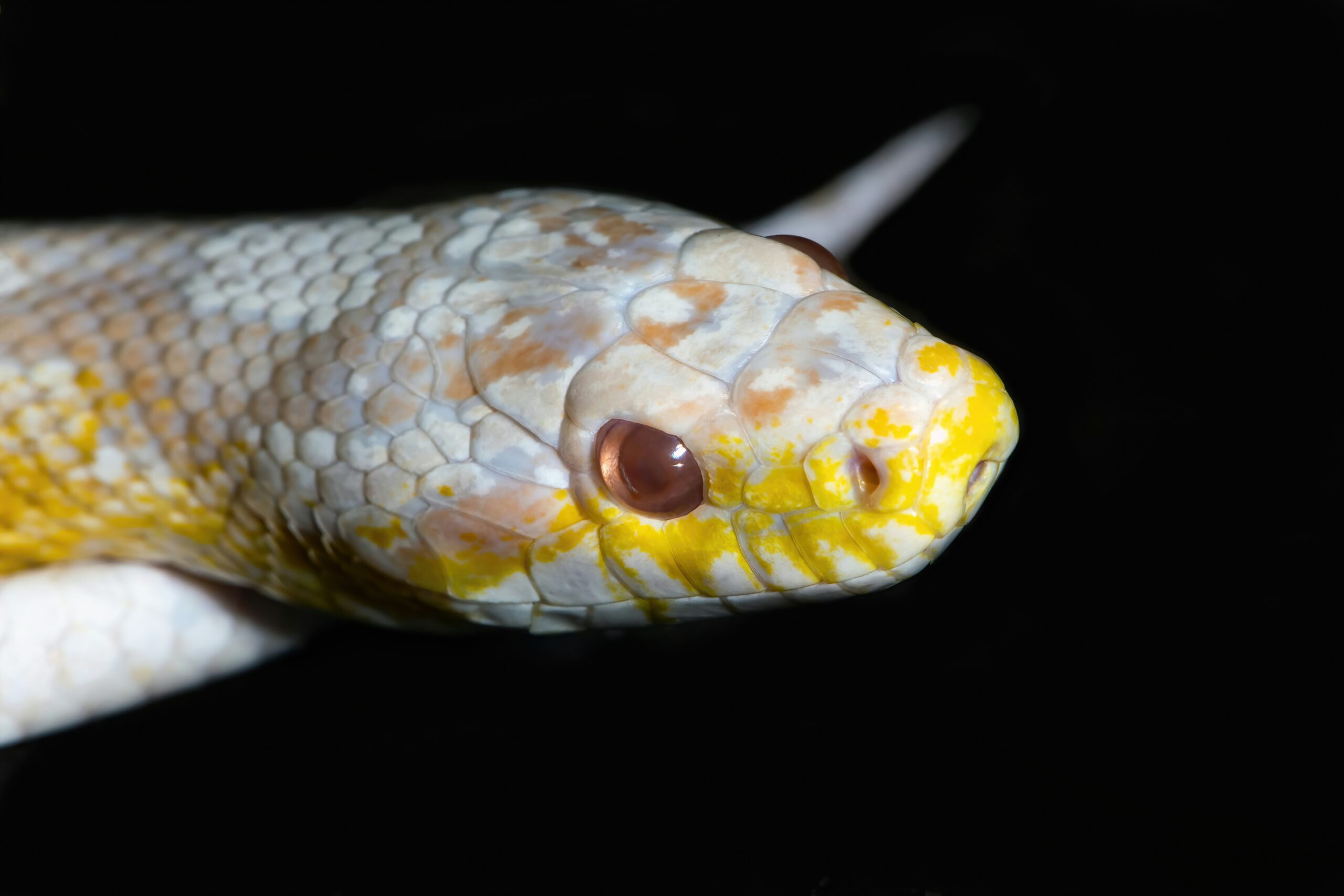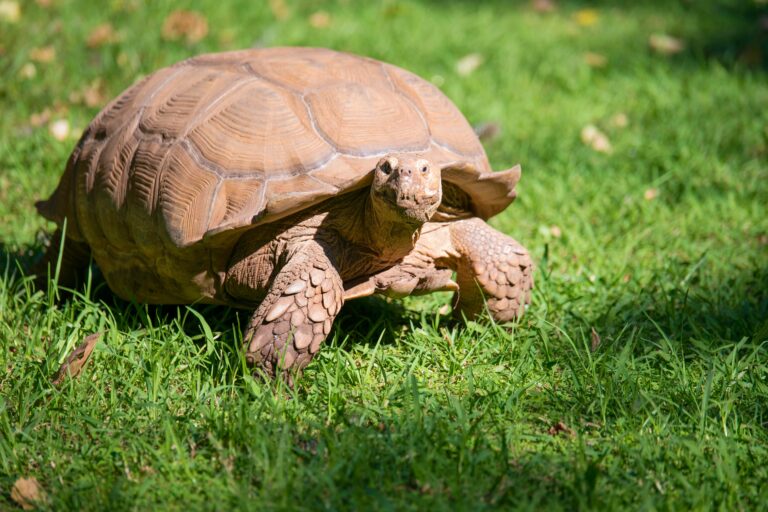Creating a Naturalistic Environment for Corn Snakes
Welcome to the world of reptile enthusiasts! If you’re considering keeping a corn snake as a pet, you’ve come to the right place. Creating a naturalistic environment for your corn snake is not only aesthetically pleasing but also essential for their overall well-being. In this article, we will explore the key elements that will help you replicate the snake’s natural habitat and provide a comfortable and enriching space for them to thrive.By recreating a naturalistic environment, you’re not merely adding visual appeal to your snake’s enclosure; you’re also mimicking their natural habitat, which can have a profound impact on their health and behavior. From the right type of substrate to suitable hiding spots and proper lighting, we will guide you through each step to ensure you have all the necessary components to create an ideal environment for your corn snake.
The Importance of Creating a Naturalistic Environment for Corn Snakes
Corn snakes are native to the southeastern United States, primarily found in grasslands, forests, and even rocky areas. Creating a naturalistic environment for your corn snake is crucial for their physical and mental well-being. When provided with a habitat that closely resembles their natural surroundings, corn snakes experience reduced stress levels and are more likely to exhibit natural behaviors, such as climbing, exploring, and hunting.
A naturalistic environment also enriches their lives, providing them with mental stimulation and opportunities for exercise. It allows them to engage in natural behaviors, which can lead to a healthier and happier snake overall. Additionally, a naturalistic setup can enhance the aesthetic appeal of your snake’s enclosure, making it an attractive centerpiece in your home.
Understanding the Natural Habitat of Corn Snakes
To create an ideal naturalistic environment for your corn snake, it’s essential to understand their natural habitat. Corn snakes are primarily found in grasslands and forests, where they spend their time both on the ground and in trees. They are excellent climbers, utilizing branches and vegetation to explore their surroundings. These snakes are also known for burrowing, seeking shelter in underground tunnels or among leaf litter.
When setting up your corn snake’s enclosure, try to replicate these natural elements as closely as possible. Providing a mix of ground space and climbing opportunities will allow your snake to exhibit its natural behaviors and feel secure in its environment. Incorporating hiding spots and suitable substrate will further enhance their experience.
Choosing the Right Enclosure for Your Corn Snake
Selecting the right enclosure is the first step in creating a naturalistic environment for your corn snake. The size of the enclosure will depend on the snake’s age and size, with larger enclosures being more suitable for adult corn snakes. A general rule of thumb is to provide a minimum enclosure size of 20 gallons for a hatchling and at least 40 gallons for an adult corn snake.
When choosing the enclosure material, opt for a glass or plastic terrarium with a secure lid. These materials provide excellent visibility for observation and maintain the necessary humidity levels. Avoid using wooden enclosures as they can be difficult to clean and may harbor bacteria or mites.
Creating the Perfect Temperature and Humidity Levels
Maintaining the correct temperature and humidity levels is crucial in creating a naturalistic environment for your corn snake. Corn snakes are ectothermic, meaning they rely on external heat sources to regulate their body temperature. Provide a temperature gradient within the enclosure, with one side being warmer and the other cooler.
The warm side should be around 85-90°F (29-32°C), while the cool side should be around 75-80°F (24-27°C). This temperature variation allows your snake to thermoregulate and move between areas to maintain its preferred body temperature.
In terms of humidity, corn snakes require a humidity level of around 40-60%. Achieving this can be done by misting the enclosure with water or using a reptile-friendly humidifier. Including a humidity gauge in the enclosure will help you monitor and adjust humidity levels as needed.
Selecting Appropriate Substrate for Your Corn Snake’s Enclosure
Choosing the right substrate is essential for creating a naturalistic environment for your corn snake. The substrate not only provides a comfortable surface for your snake to move on but also plays a role in maintaining proper humidity levels.
One popular substrate option for corn snakes is aspen bedding. It’s soft, absorbent, and easy to clean. Avoid using substrates such as sand, cedar, or pine shavings, as they can cause respiratory issues or skin irritation for your snake.
Another excellent substrate option is coconut husk, which not only retains moisture but also provides a natural aesthetic. It allows your corn snake to burrow and dig, mimicking their natural behaviors. Other suitable substrates include cypress mulch, paper-based bedding, and reptile-friendly carpeting.

Providing Hiding Spots and Climbing Opportunities
In their natural habitat, corn snakes seek shelter in various hiding spots, such as rock crevices, fallen logs, or underground burrows. Replicating these hiding spots in your snake’s enclosure is essential for their sense of security and well-being.
Include a variety of hiding spots throughout the enclosure, such as artificial caves, hollow logs, or commercially available reptile hides. These hiding spots should be placed on both the warm and cool sides of the enclosure, allowing your snake to choose its preferred temperature zone.
Additionally, corn snakes are excellent climbers, so incorporating climbing opportunities is highly beneficial. Install branches or driftwood that are securely anchored in the enclosure, providing your snake with vertical climbing options. This will not only encourage natural behaviors but also provide exercise and mental stimulation.
Choosing the Right Lighting and Heating Options
Proper lighting and heating are crucial for a naturalistic environment. While corn snakes do not require UVB lighting like some reptiles, they still benefit from a regular day and night cycle. Use a timer to ensure your snake receives 10-12 hours of light each day, followed by 10-12 hours of darkness.
In terms of heating, a heat source is required to provide the temperature gradient within the enclosure. Under-tank heating pads or heat mats are commonly used to create a warm spot on the enclosure floor. Combine this with a thermostat to regulate the temperature and prevent overheating.
Feeding and Watering Considerations in a Naturalistic Environment
When it comes to feeding, corn snakes are typically fed thawed, appropriately-sized rodents. In a naturalistic environment, it’s essential to provide a feeding area separate from the snake’s hiding spots. This allows your snake to eat undisturbed and reduces the risk of substrate ingestion during feeding.
Water is another crucial element in a naturalistic setup. Provide a shallow water dish that is large enough for your snake to soak in if desired. Ensure the water is changed regularly to maintain cleanliness and freshness.
Maintenance and Cleaning of a Naturalistic Corn Snake Enclosure
Regular maintenance and cleaning are necessary to keep your corn snake’s naturalistic environment in top condition. Spot clean the enclosure daily, removing any waste or soiled substrate. It’s also important to perform a thorough cleaning of the entire enclosure on a monthly basis.
During the monthly cleaning, remove your snake from the enclosure and disinfect all surfaces using a reptile-safe disinfectant. Replace any soiled substrate with fresh bedding and ensure all hiding spots, climbing structures, and water dishes are cleaned and sanitized.
In conclusion, creating a naturalistic environment for your corn snake is vital for their well-being and overall happiness. By understanding their natural habitat and replicating it within their enclosure, you provide them with a comfortable and enriching space to thrive. Remember to consider factors such as enclosure size, temperature, humidity, substrate, hiding spots, lighting, and feeding and watering arrangements. With proper care and attention to detail, you can create a naturalistic environment that your corn snake will love and thrive in for years to come.
Now that you have all the necessary knowledge and insights, it’s time to start creating the perfect naturalistic environment for your corn snake. Enjoy the journey and the rewarding experience of being a reptile enthusiast!
Must Read: Unveiling the Truth: Can Blue Tongue Skinks Huff?





